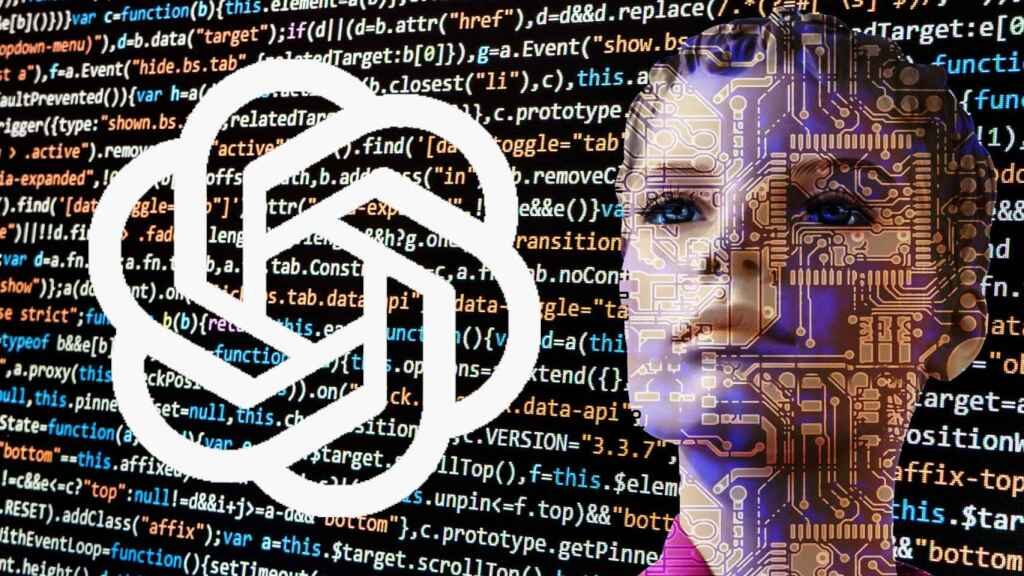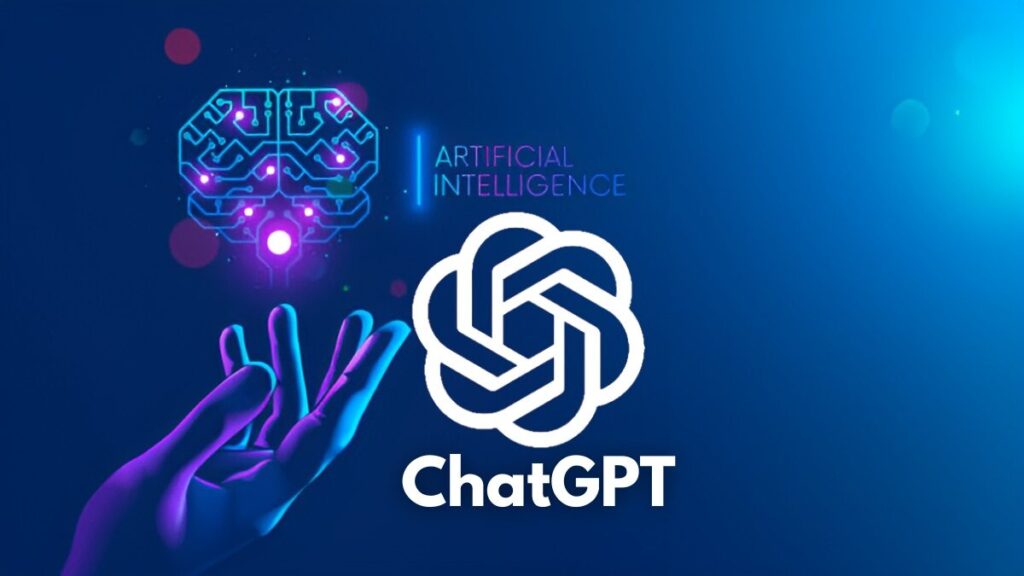Researchers have developed a new algorithm capable of detecting hallucinations in artificial intelligence, aiming to enhance the accuracy of AI models. This development addresses a significant issue in the AI world: the generation of incorrect information by models like ChatGPT, Claude, and Gemini.
Understanding AI Hallucinations: How Are They Detected?
AI hallucinations are recognized as a major barrier to the usability of these models. There have been embarrassing errors, such as Google’s AI summaries mistakenly advising users that eating rocks is safe or suggesting adhesive be applied to pizza. Additionally, lawyers using ChatGPT to draft legal documents have been fined due to the chatbot generating incorrect references.

Such issues could have been prevented by the AI hallucination detection device described in a new article published in Nature. Researchers from the Department of Computer Science at Oxford University claim their new algorithm can determine the accuracy of AI-generated responses with about 79% accuracy, which is 10% higher than current methods.
The researchers highlight the relative simplicity of their method. Typically, they make the chatbot respond to the same question several times, usually between five and ten times. Then, they calculate the semantic entropy, a measure of how similar or different the meanings of the responses are.

If the model provides varied responses to each input, the semantic entropy score is higher, indicating that the AI might have fabricated the answer. If the responses are consistent or have similar meanings, the semantic entropy score is lower, suggesting a more consistent and likely accurate response. Other methods, which often rely solely on checking the structural integrity of responses, do not evaluate the underlying meanings and thus are less successful in detecting hallucinations.

The researchers suggest that their algorithm could be added to chatbots like ChatGPT via a button, allowing users to receive a certainty score for responses. The idea of integrating an AI hallucination detection device directly into chat platforms is quite appealing, and the addition of such a tool to various chatbots could be beneficial.
This new algorithm for detecting AI hallucinations could be a significant step in increasing the accuracy and reliability of AI models. Preventing AI hallucinations will enable these technologies to be used safely by a broader range of users.

